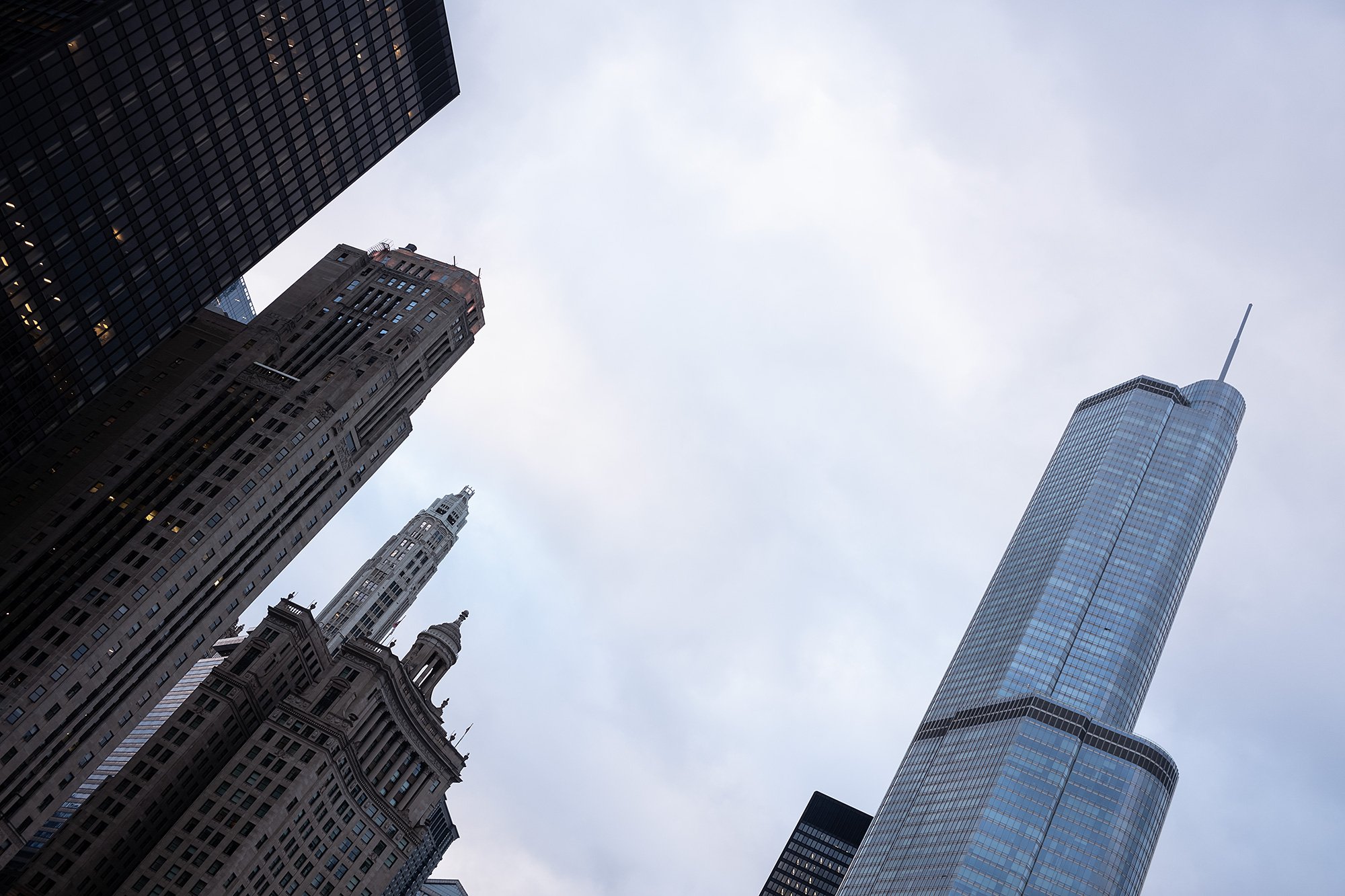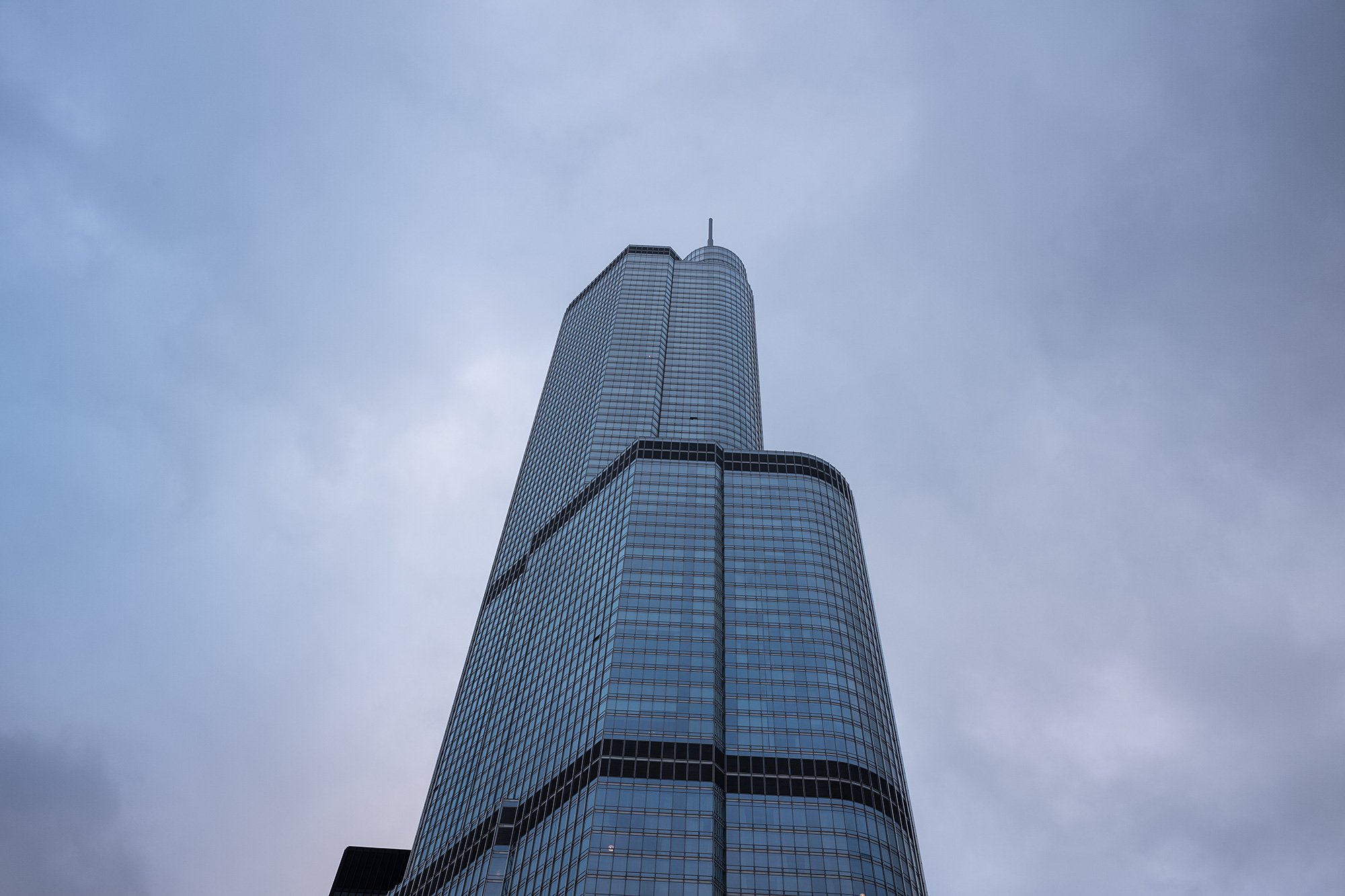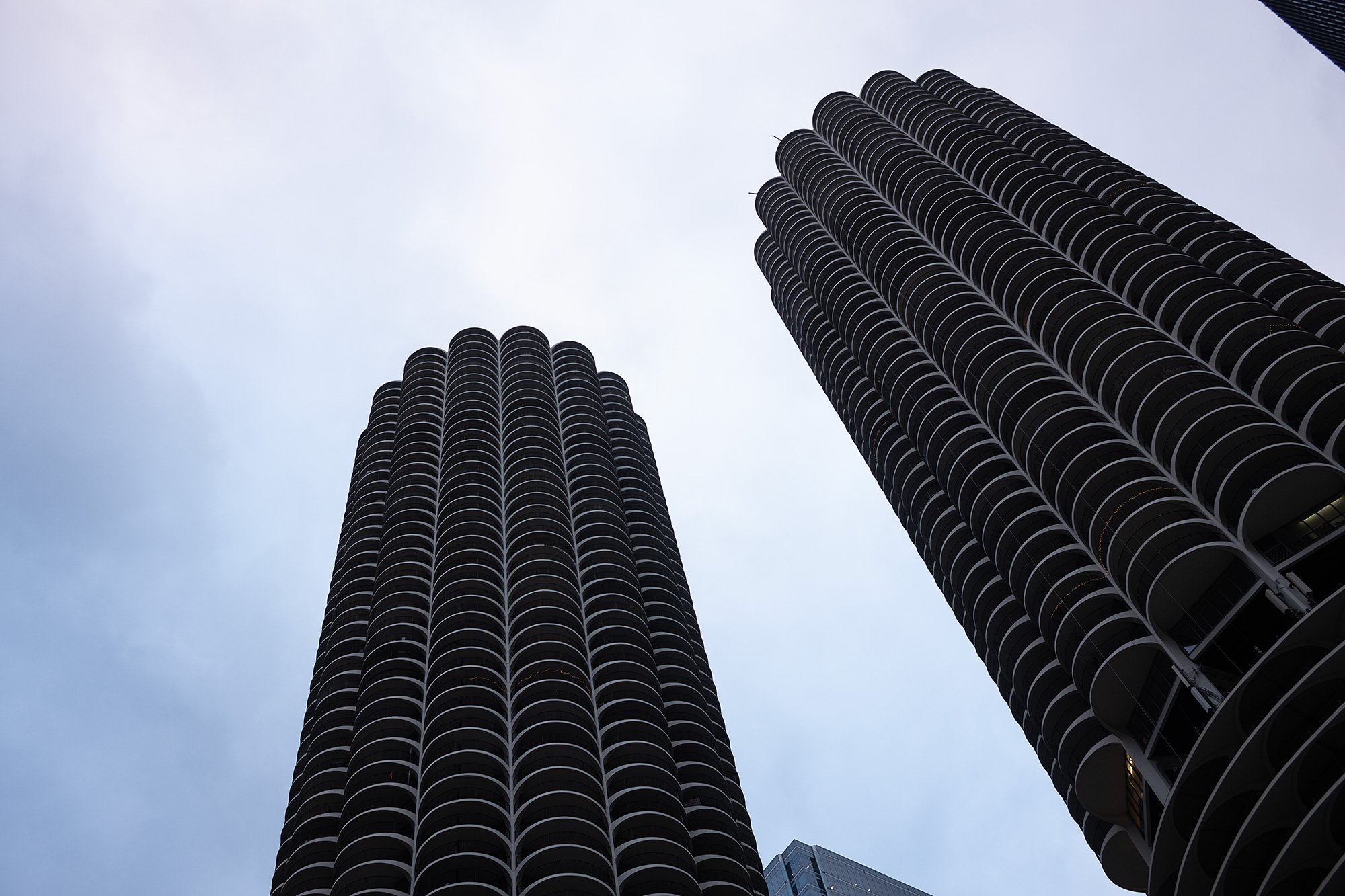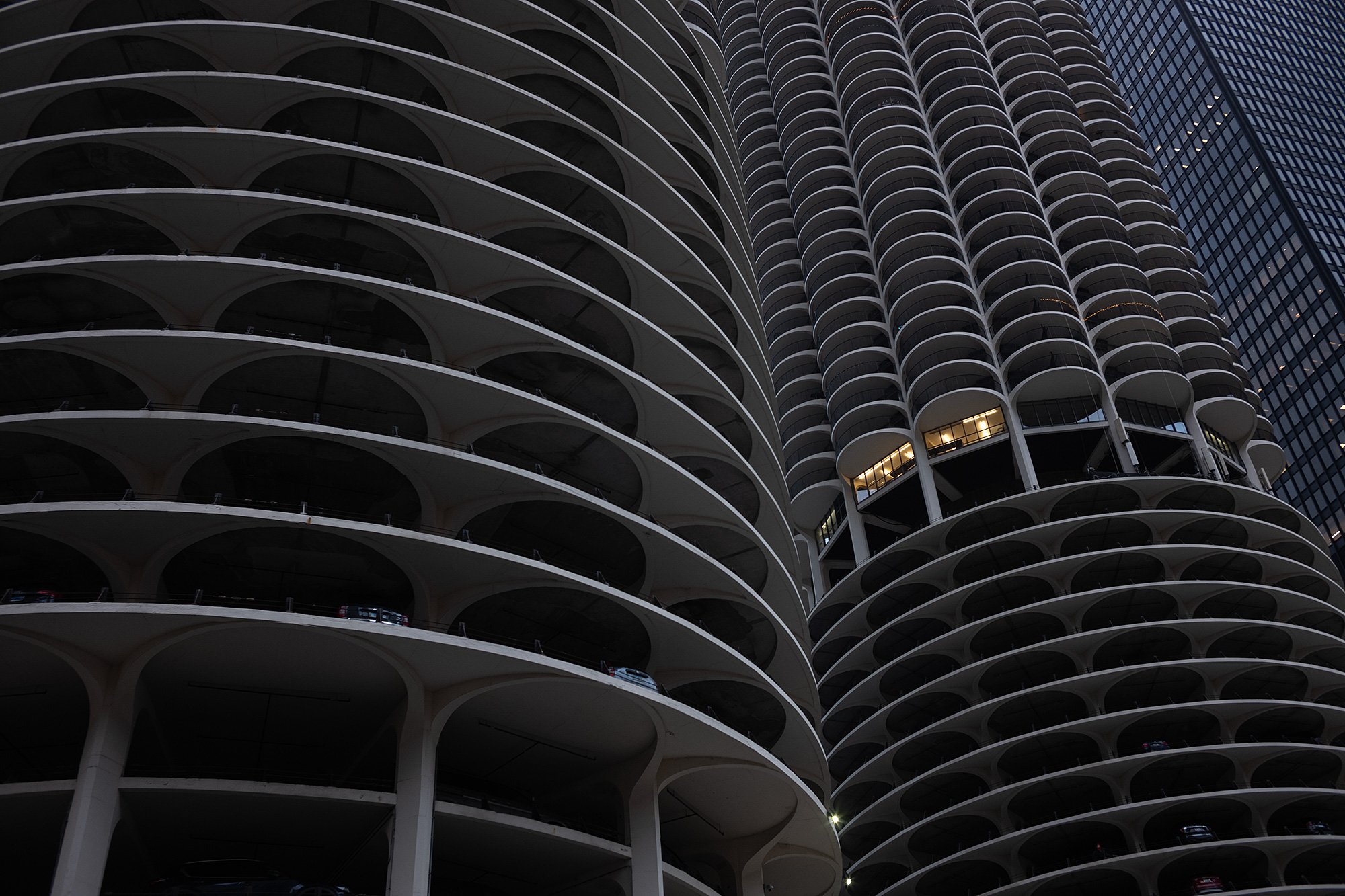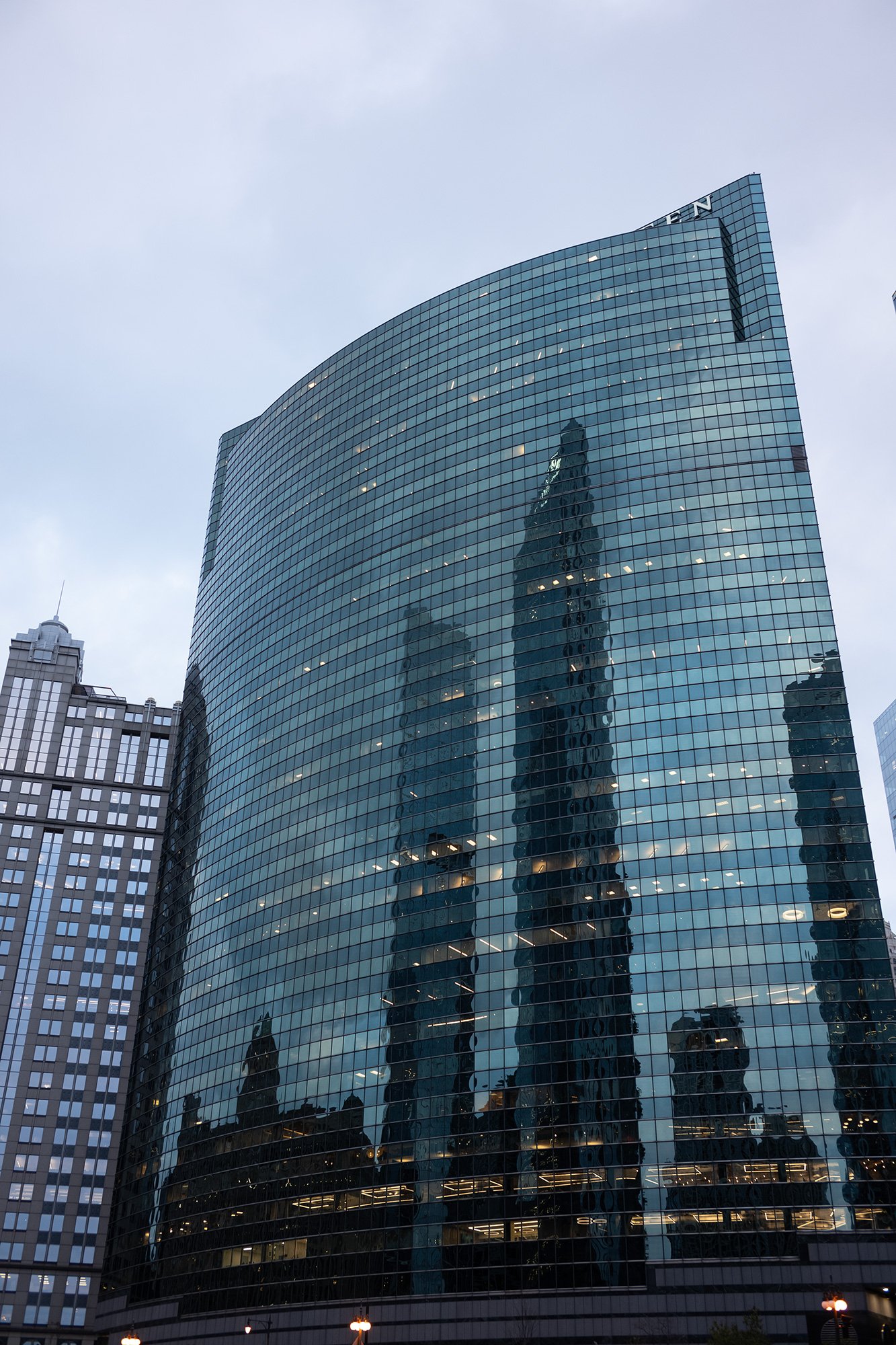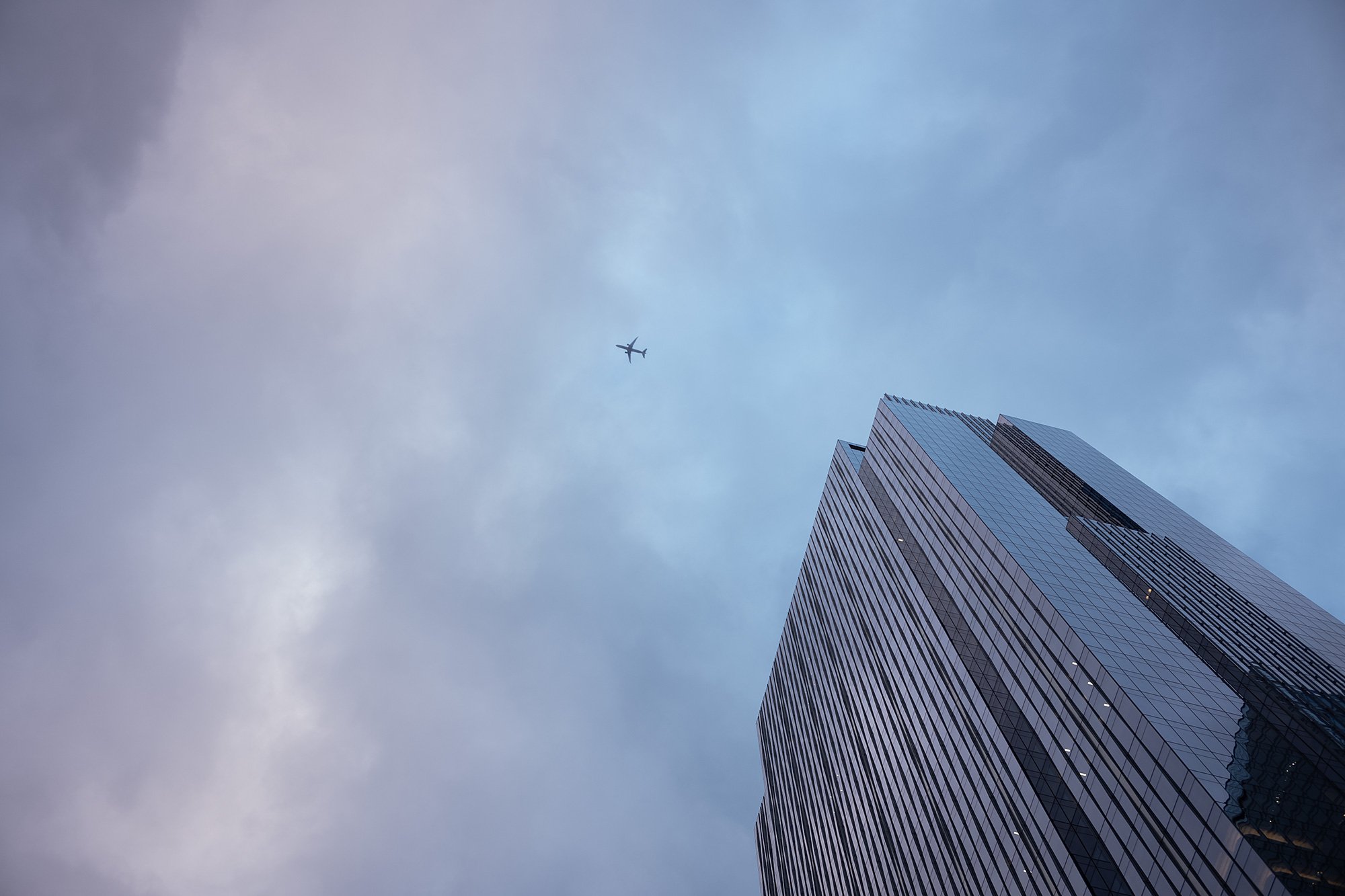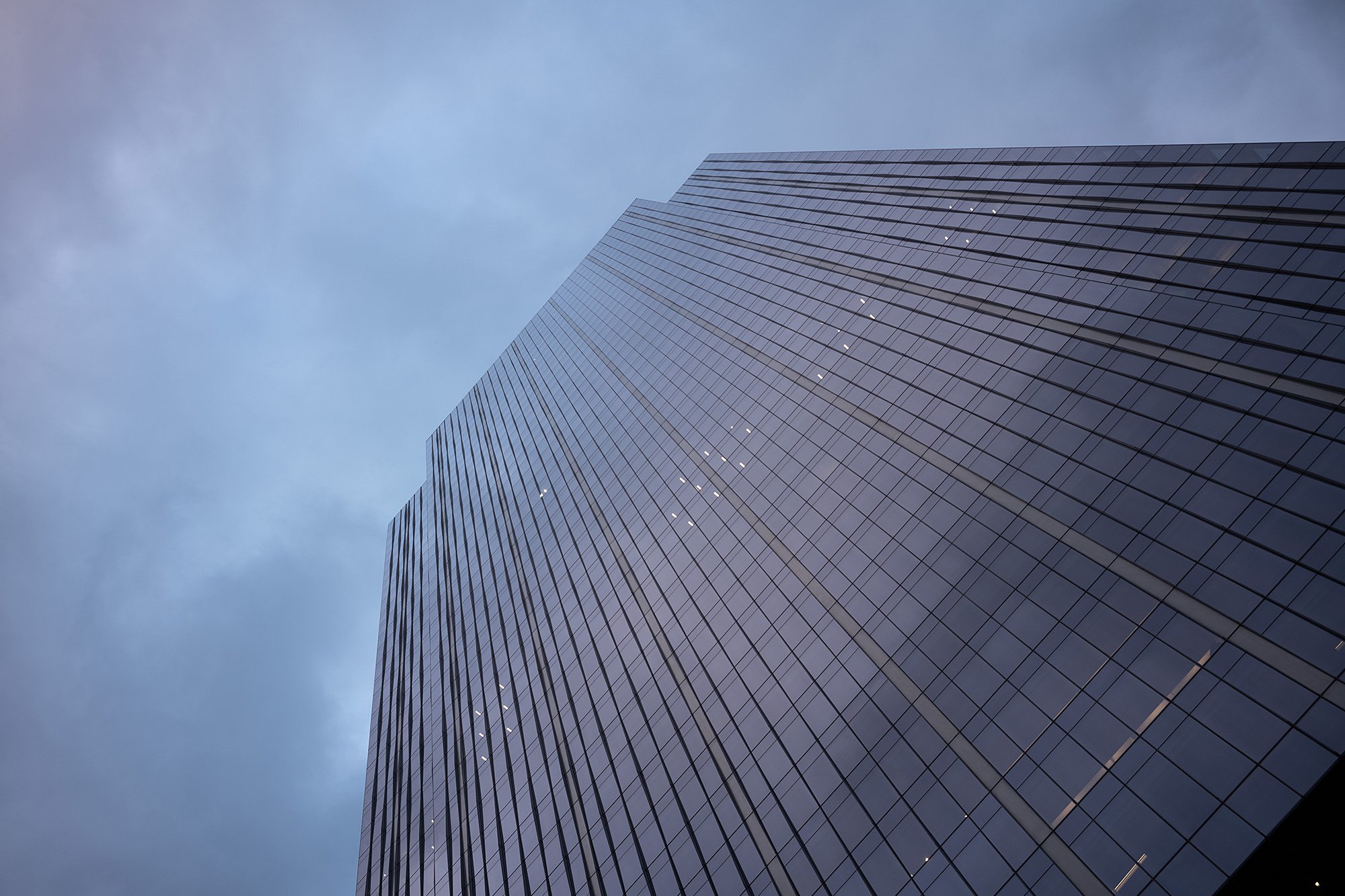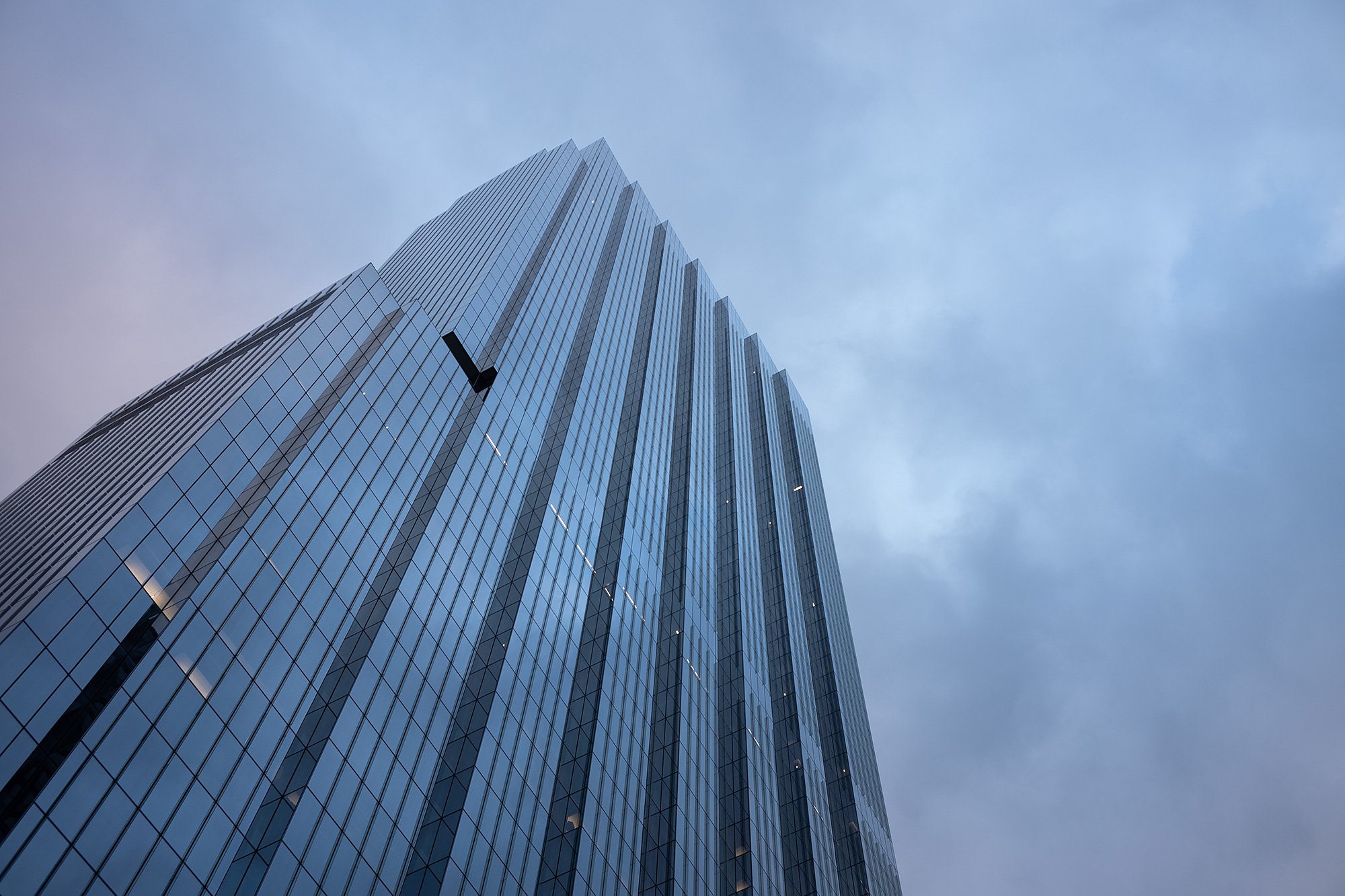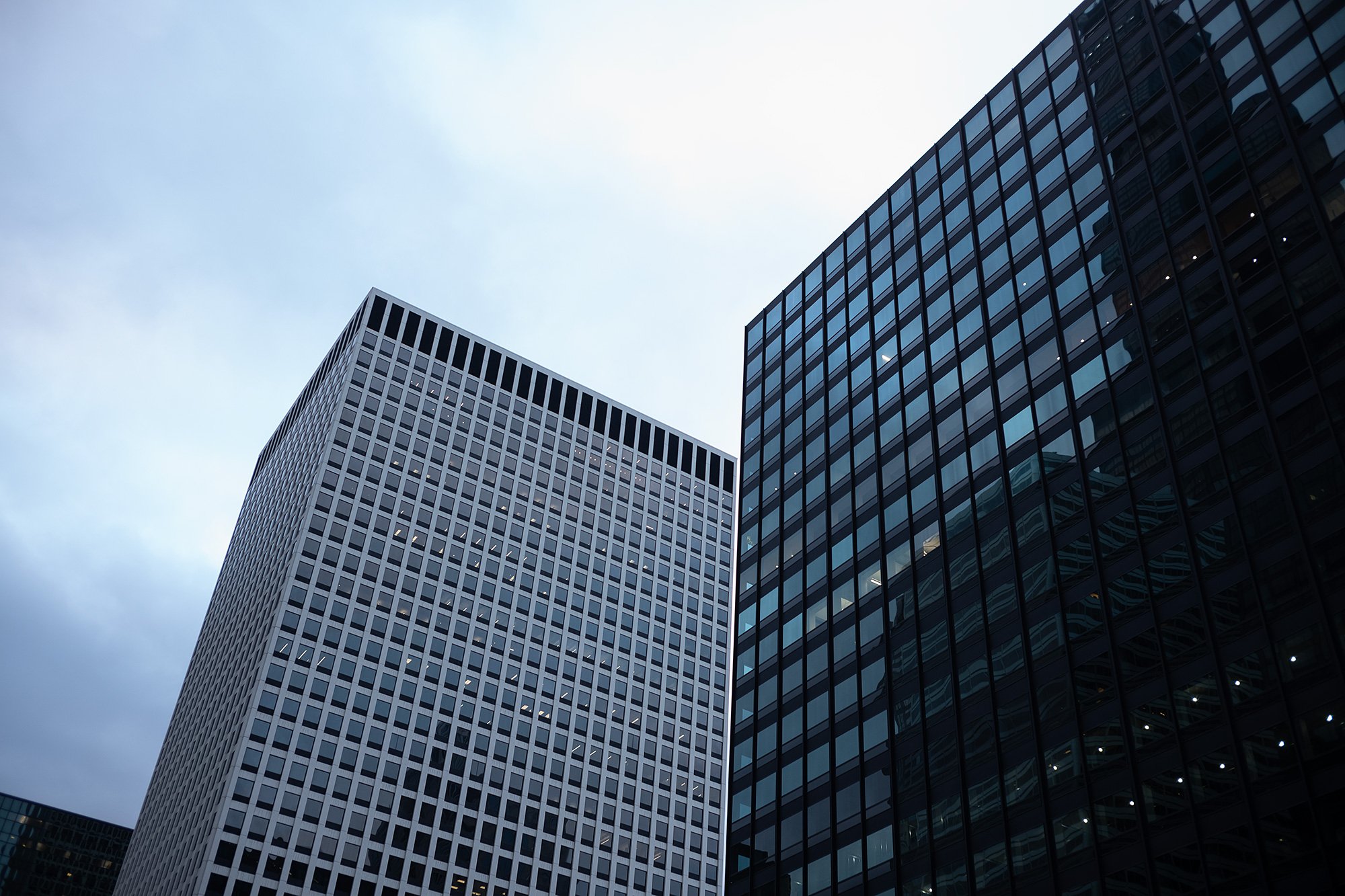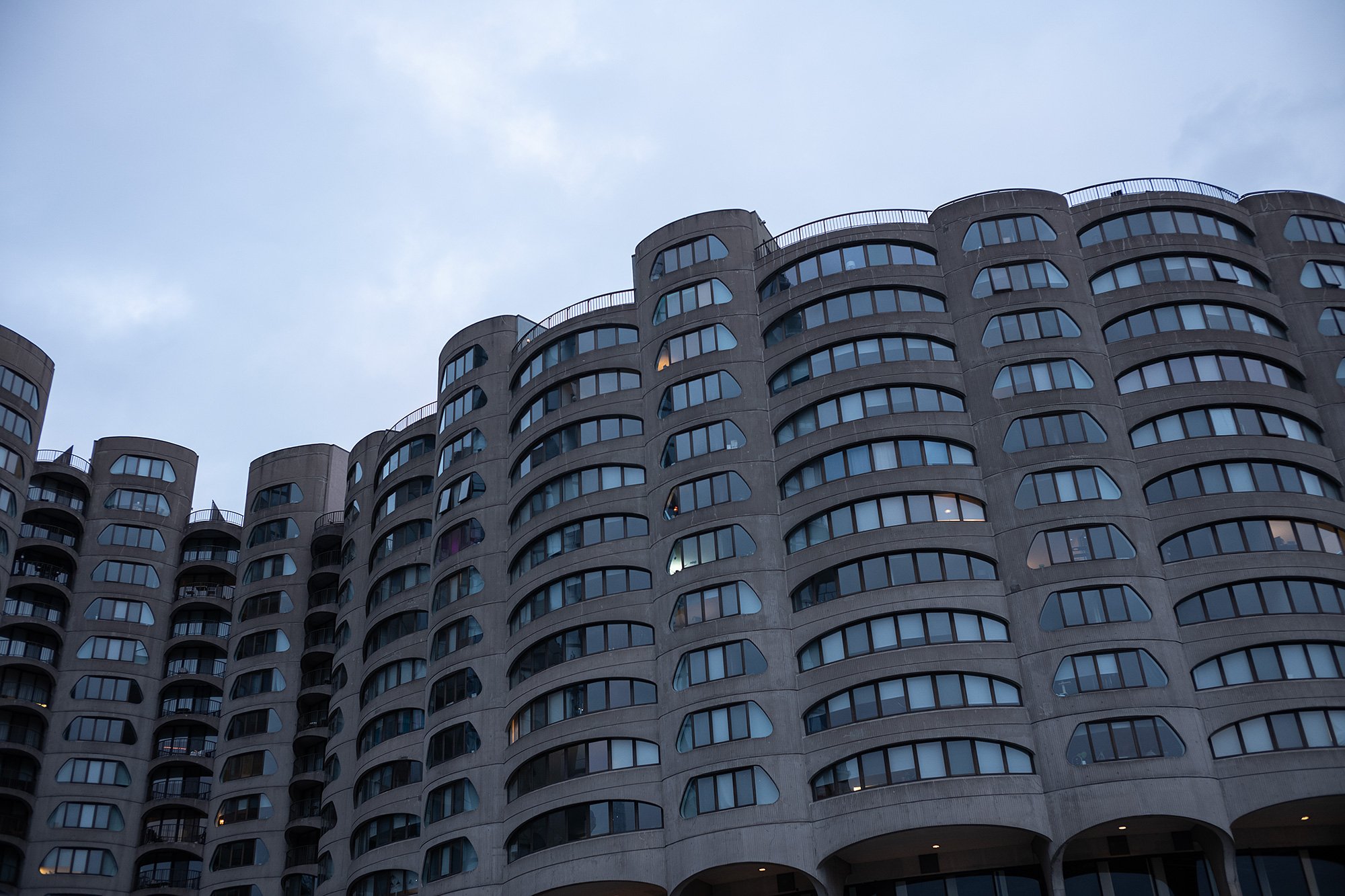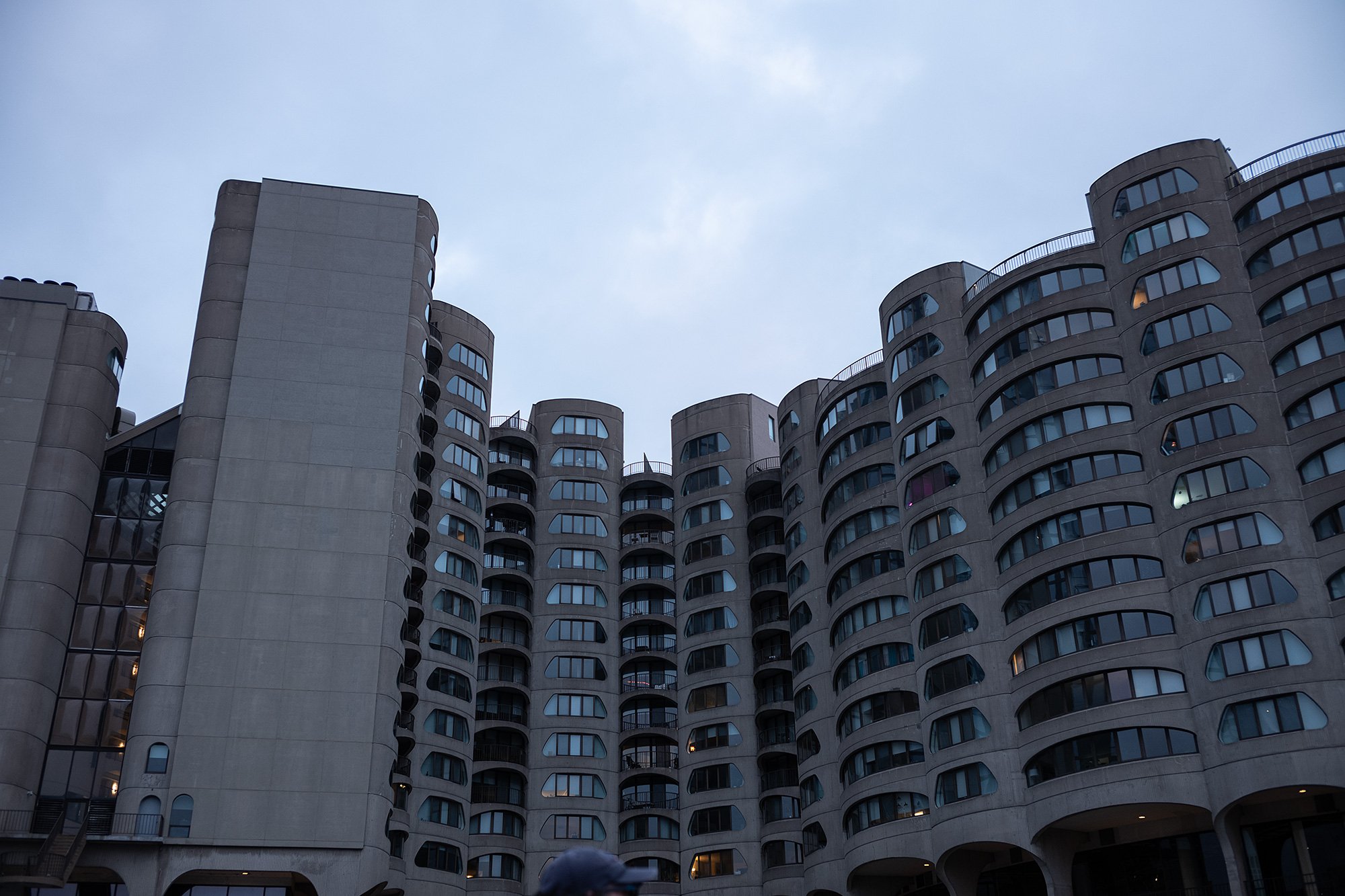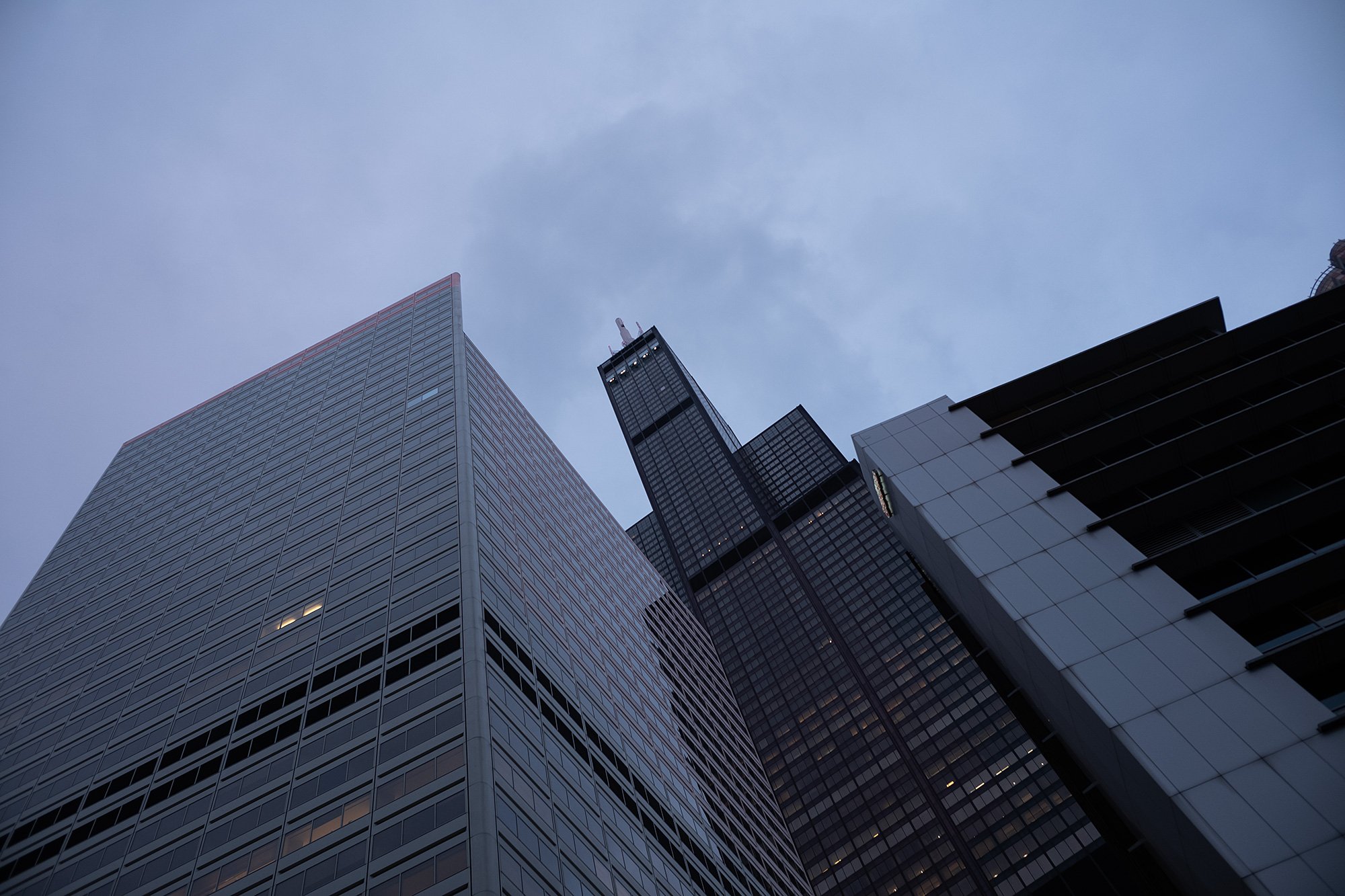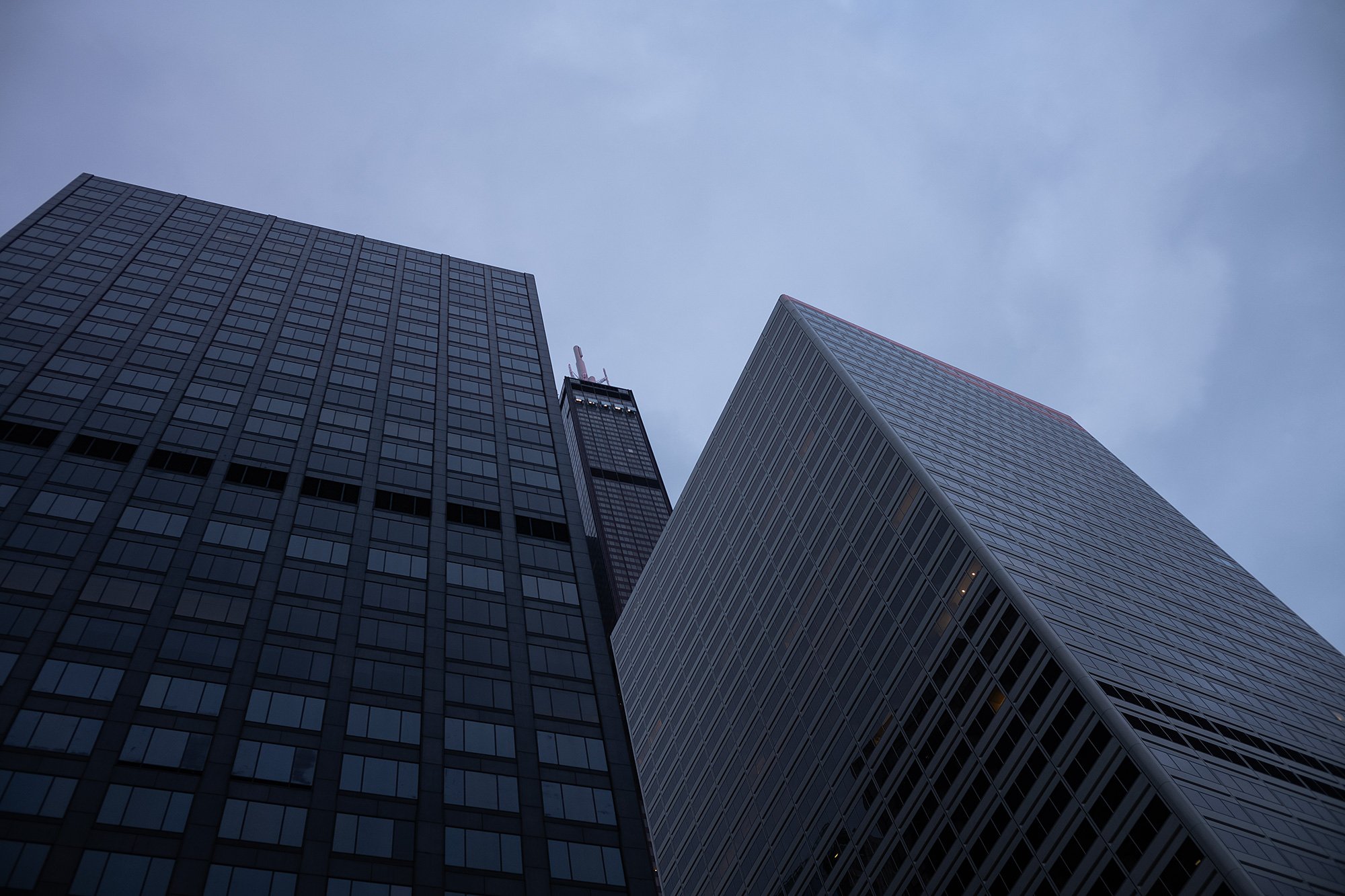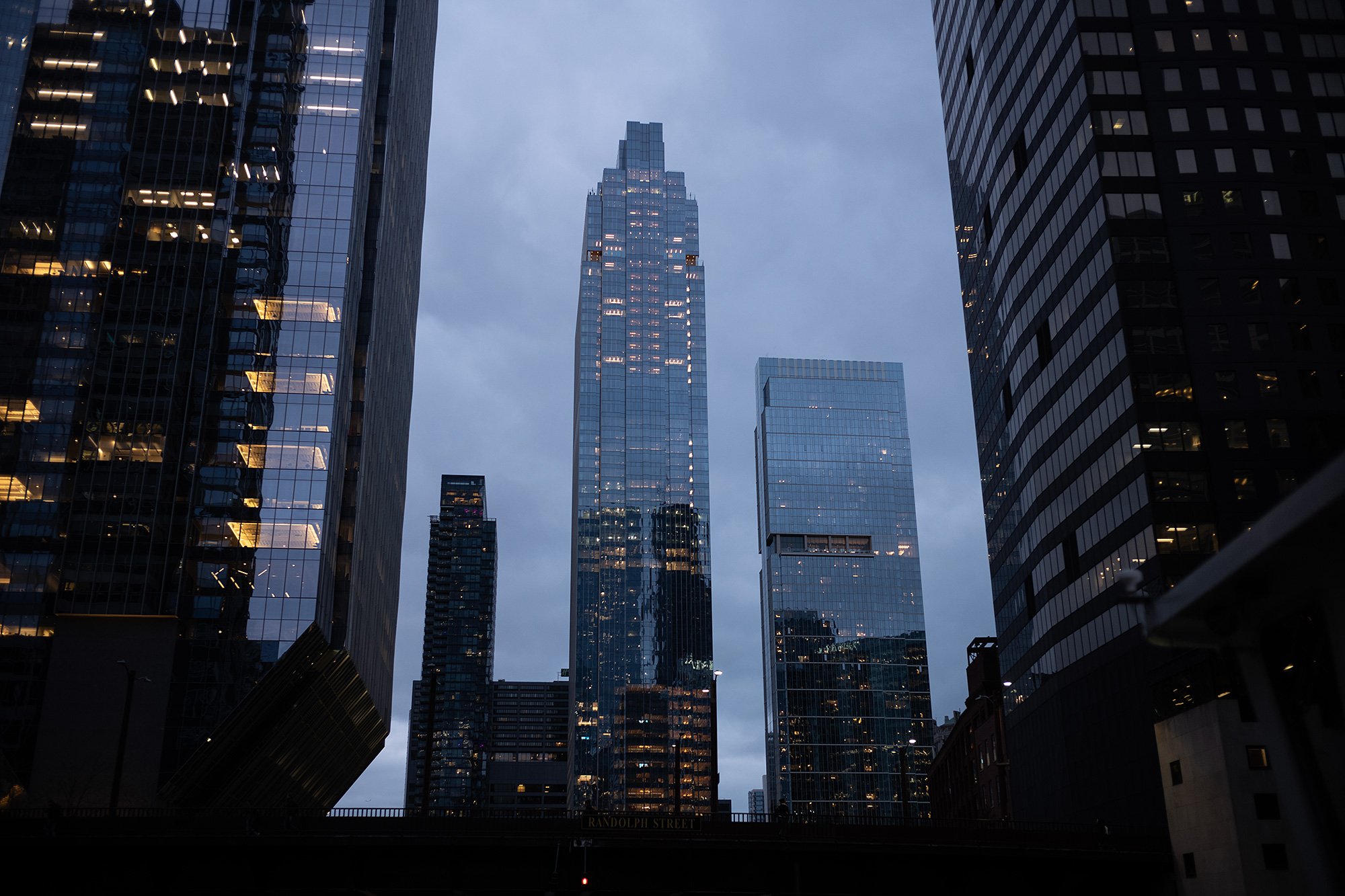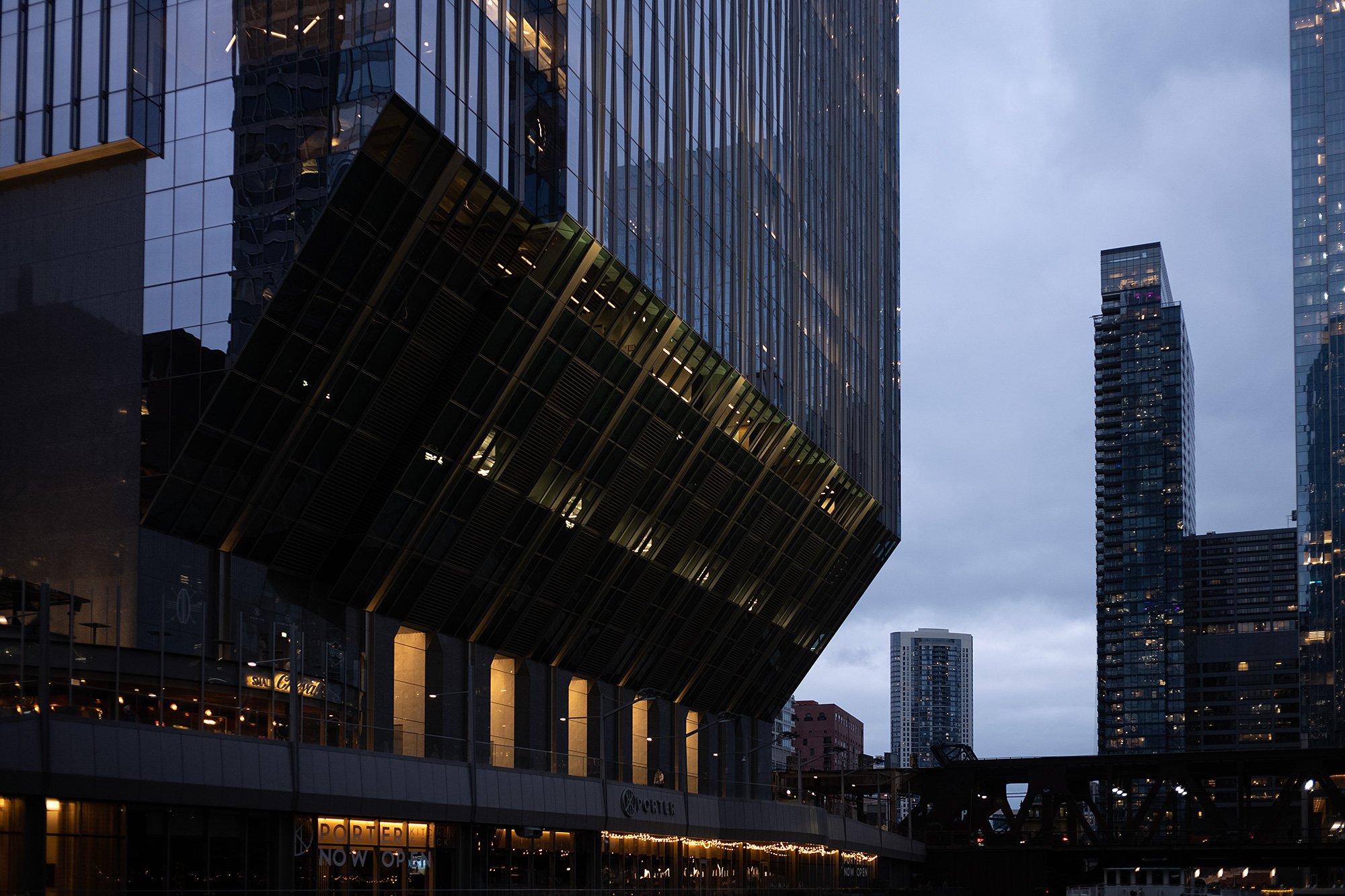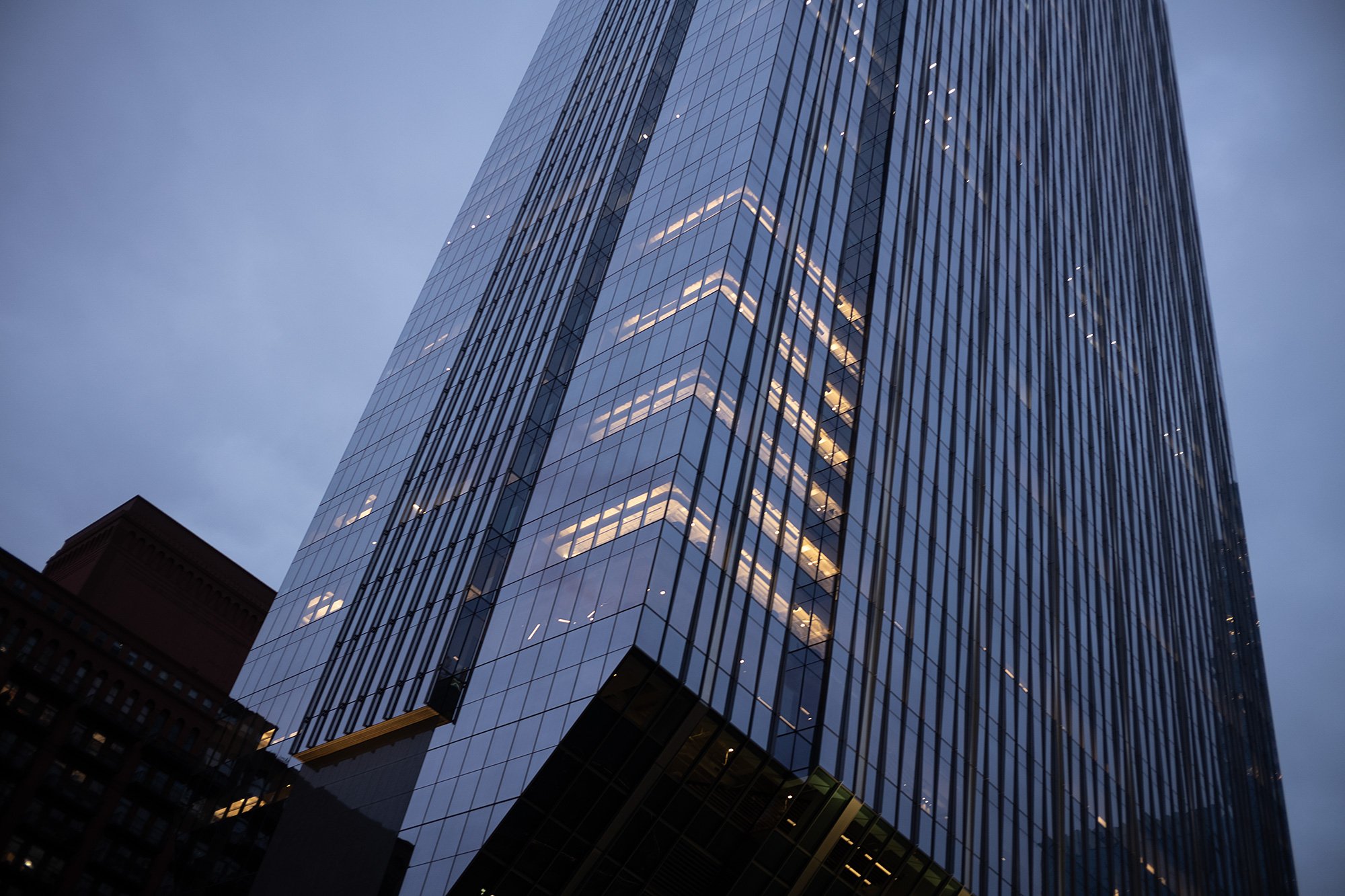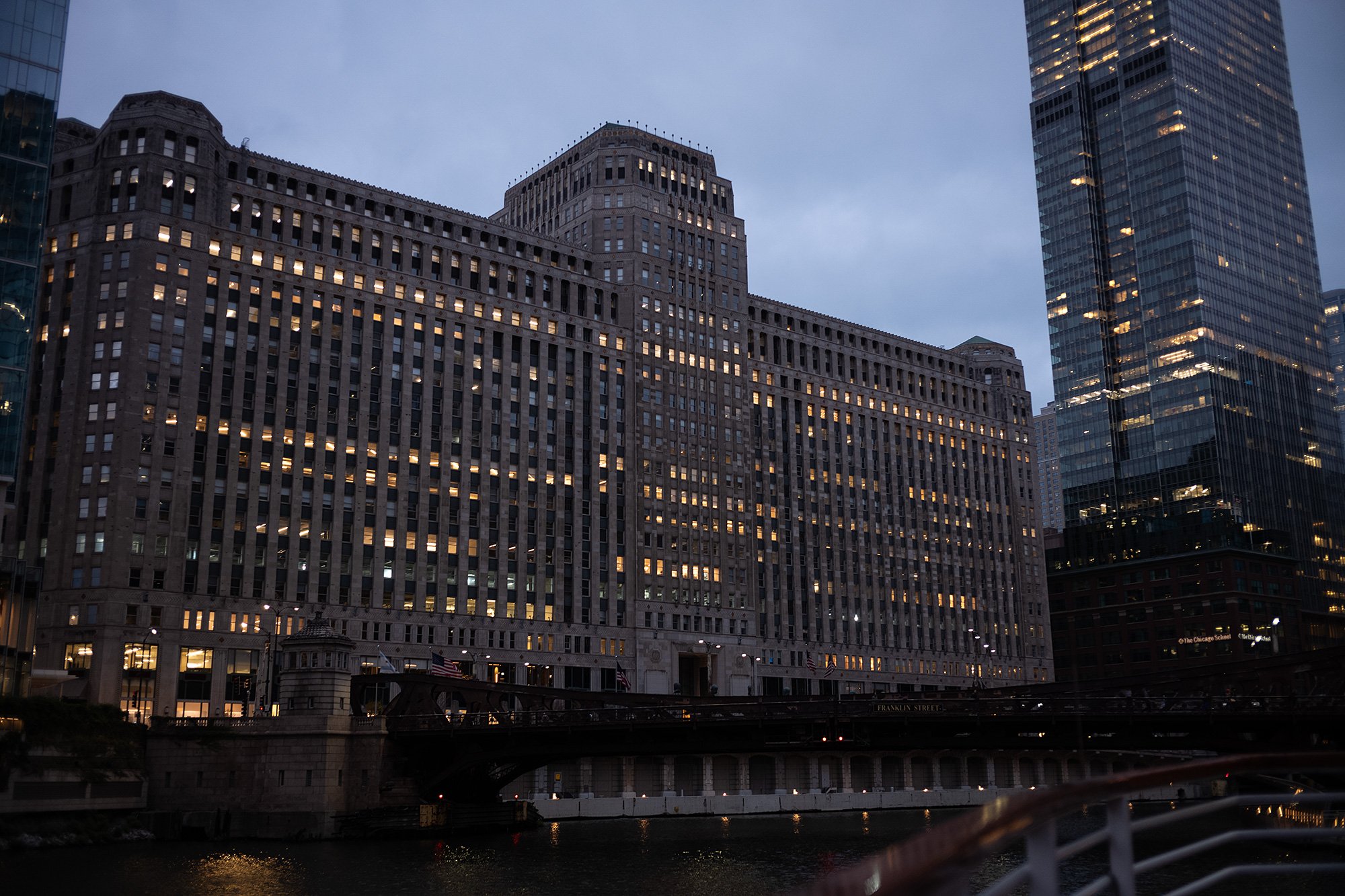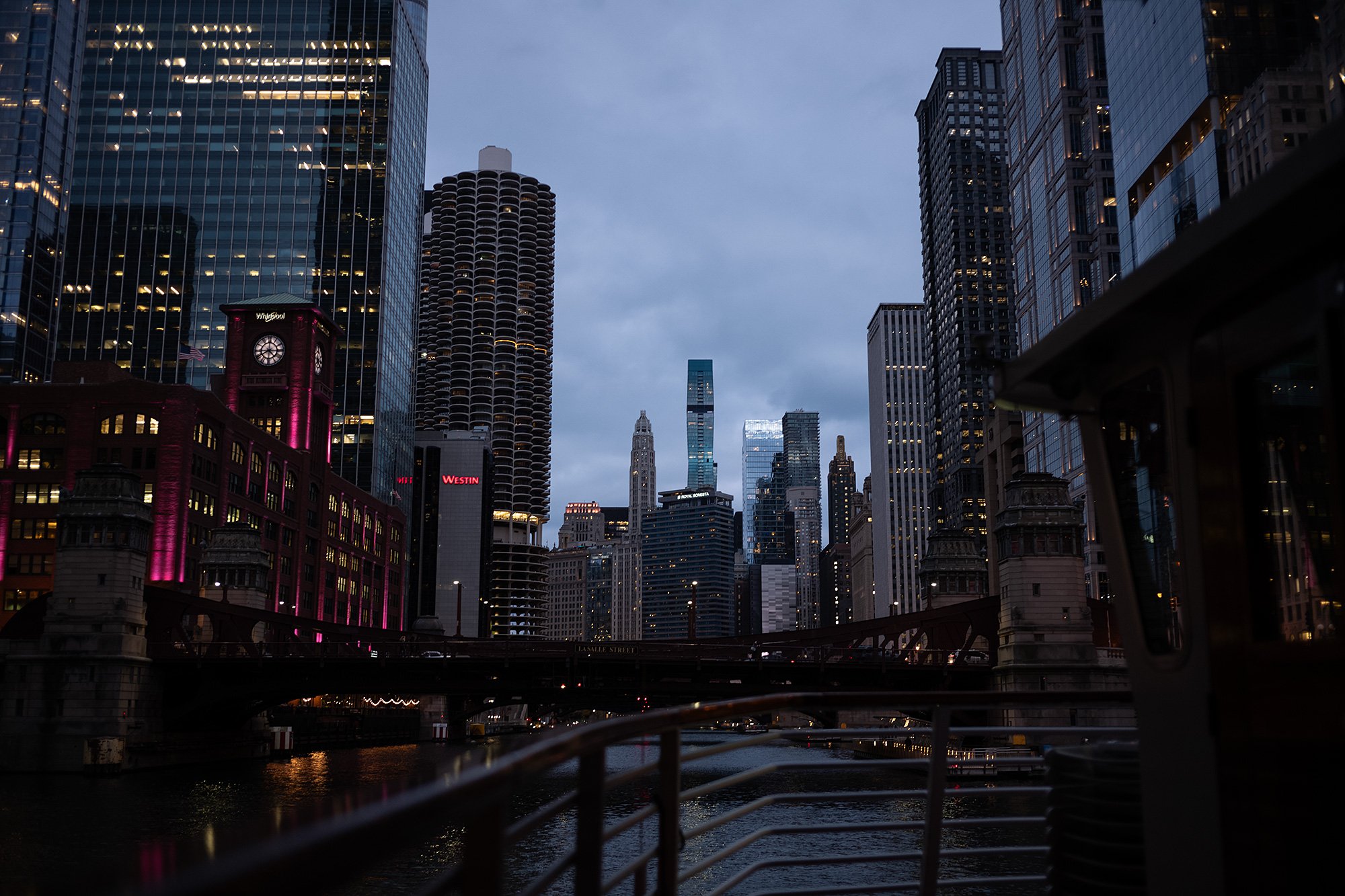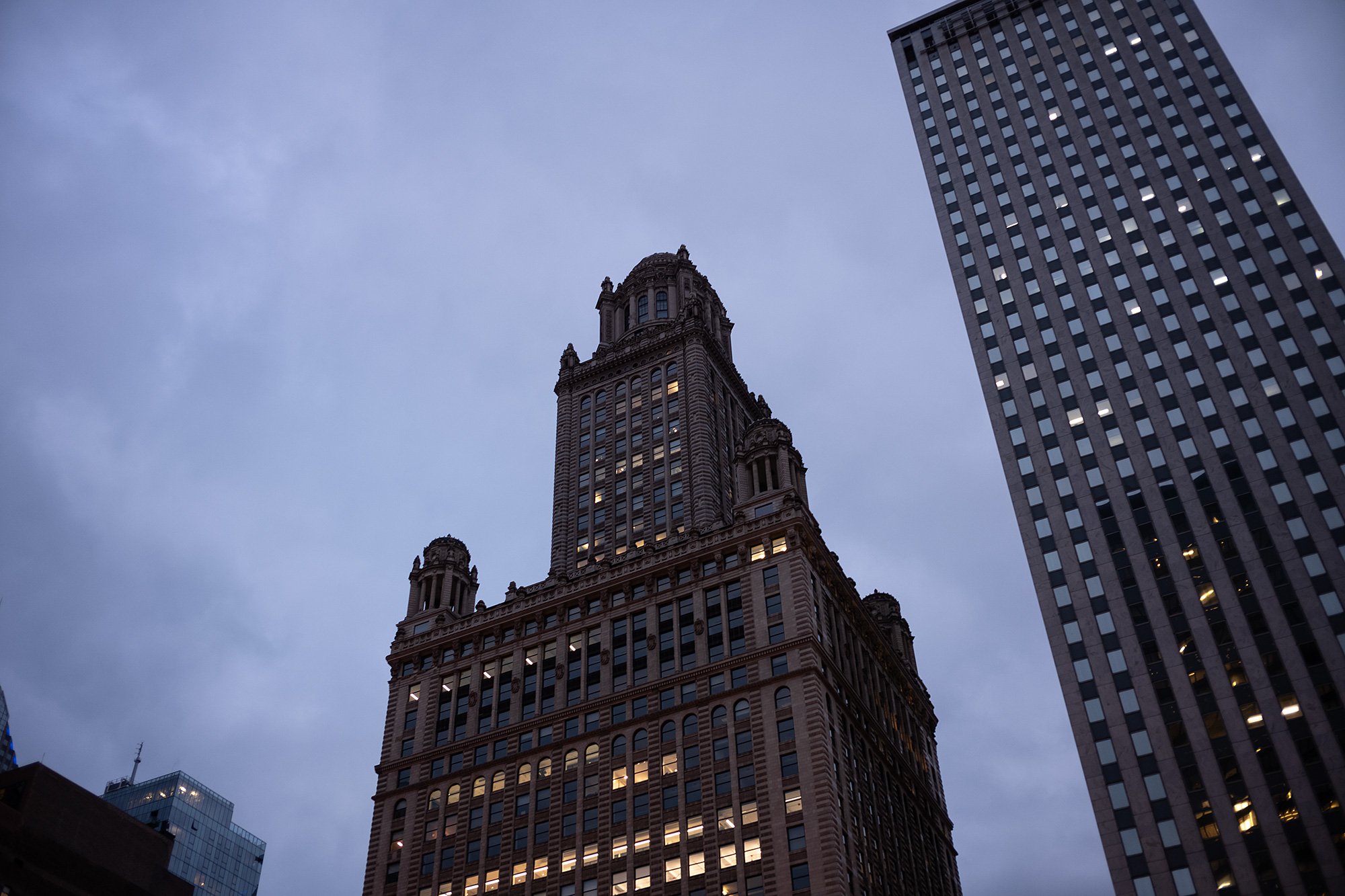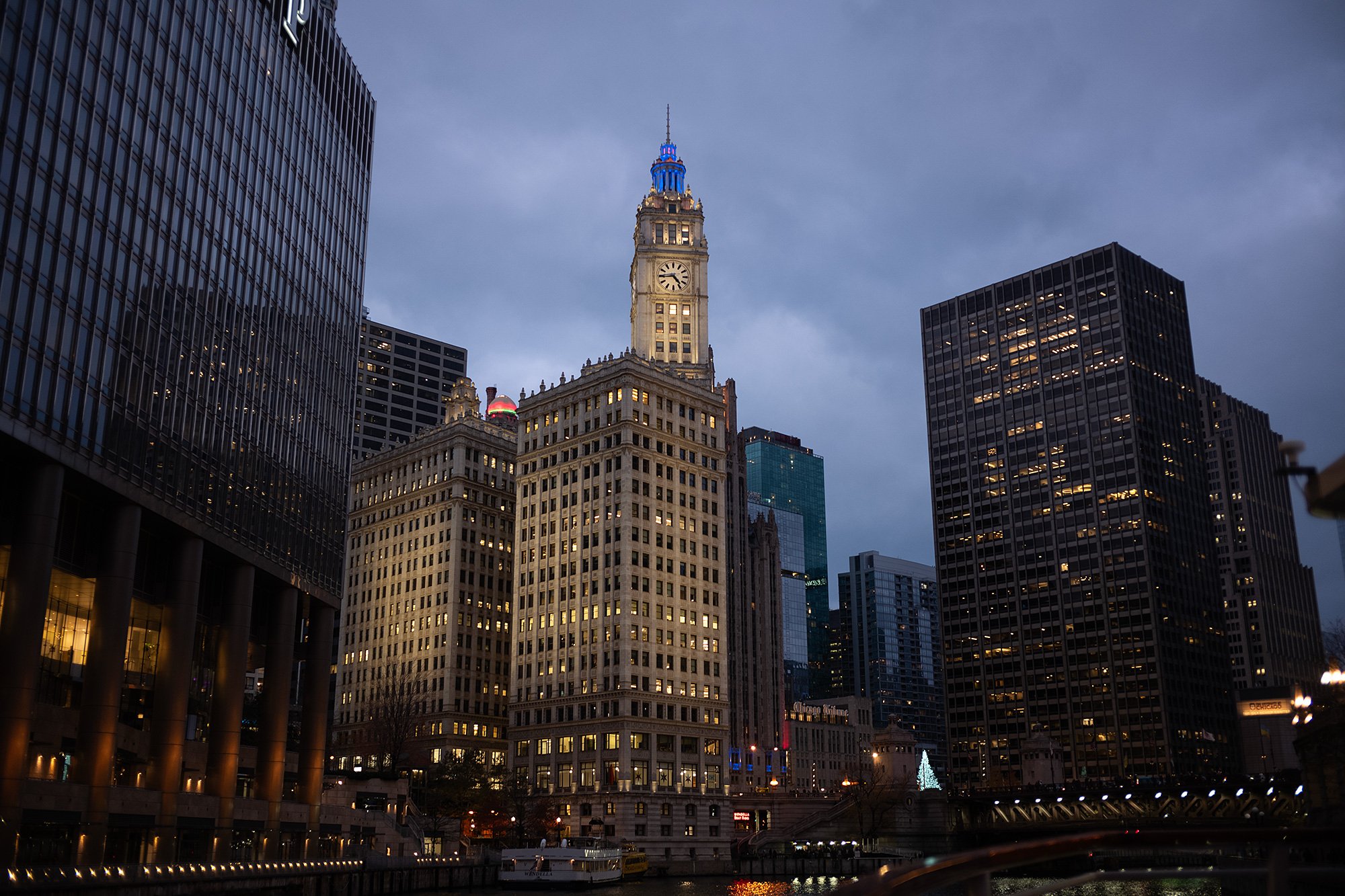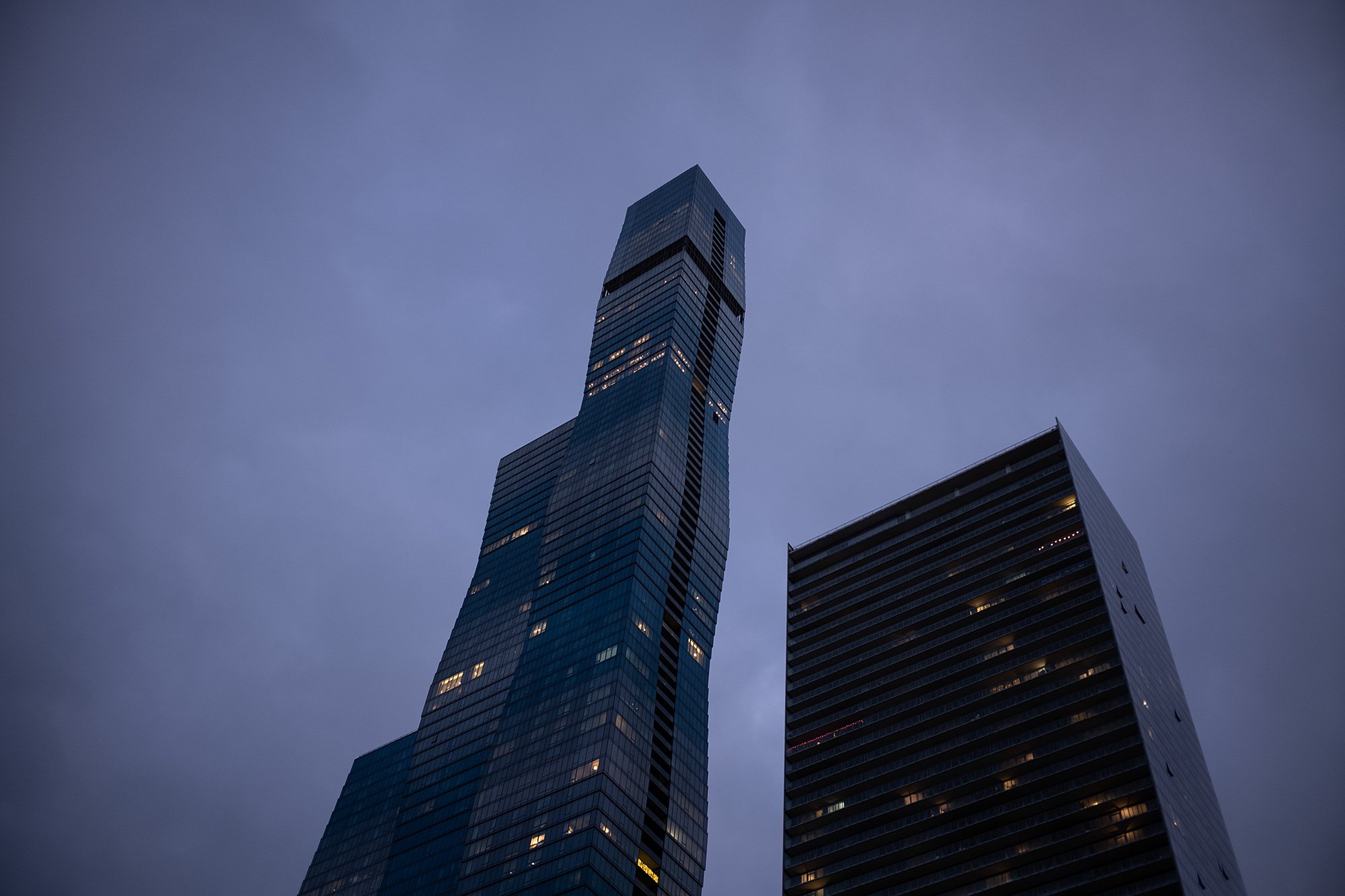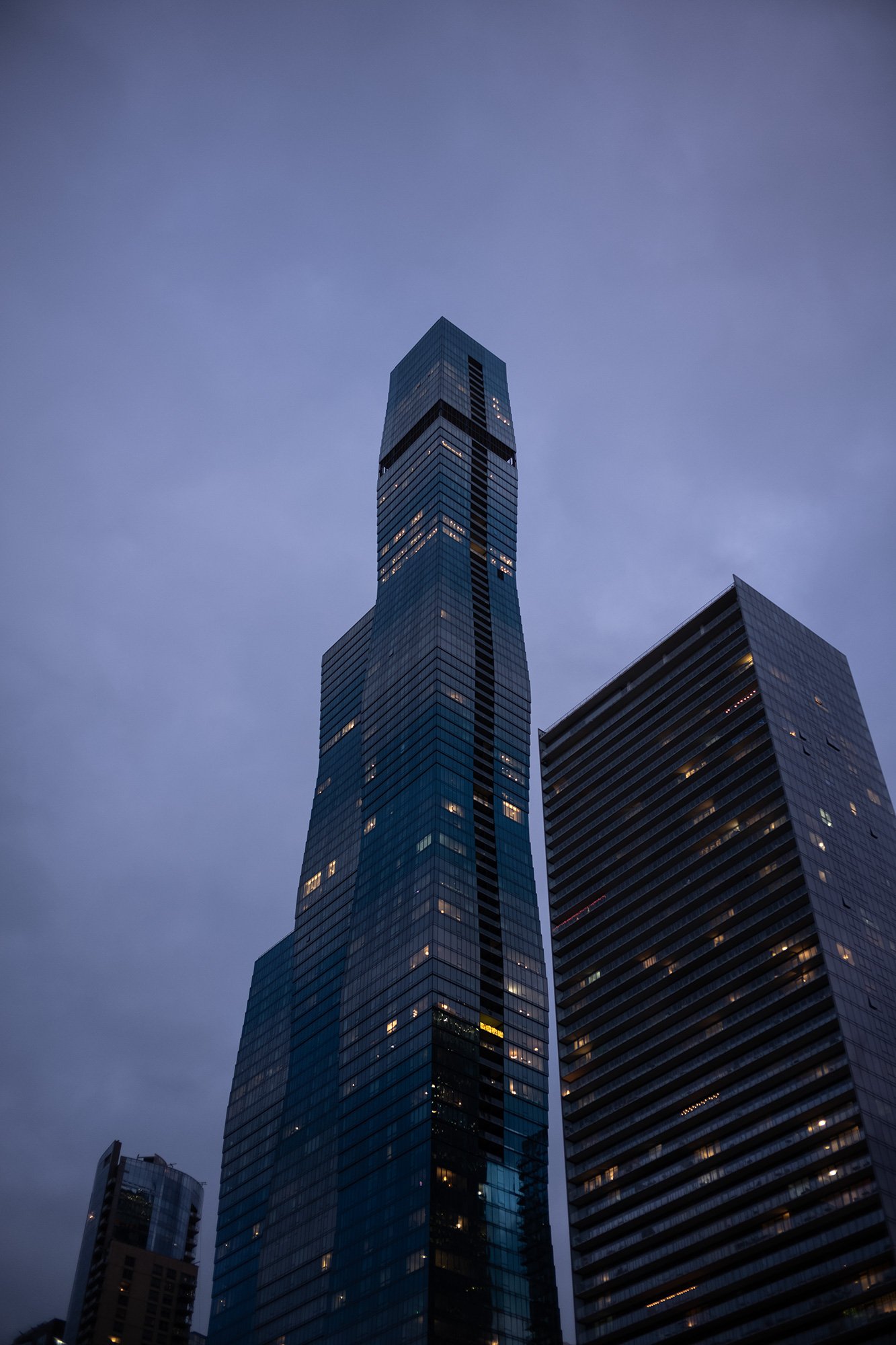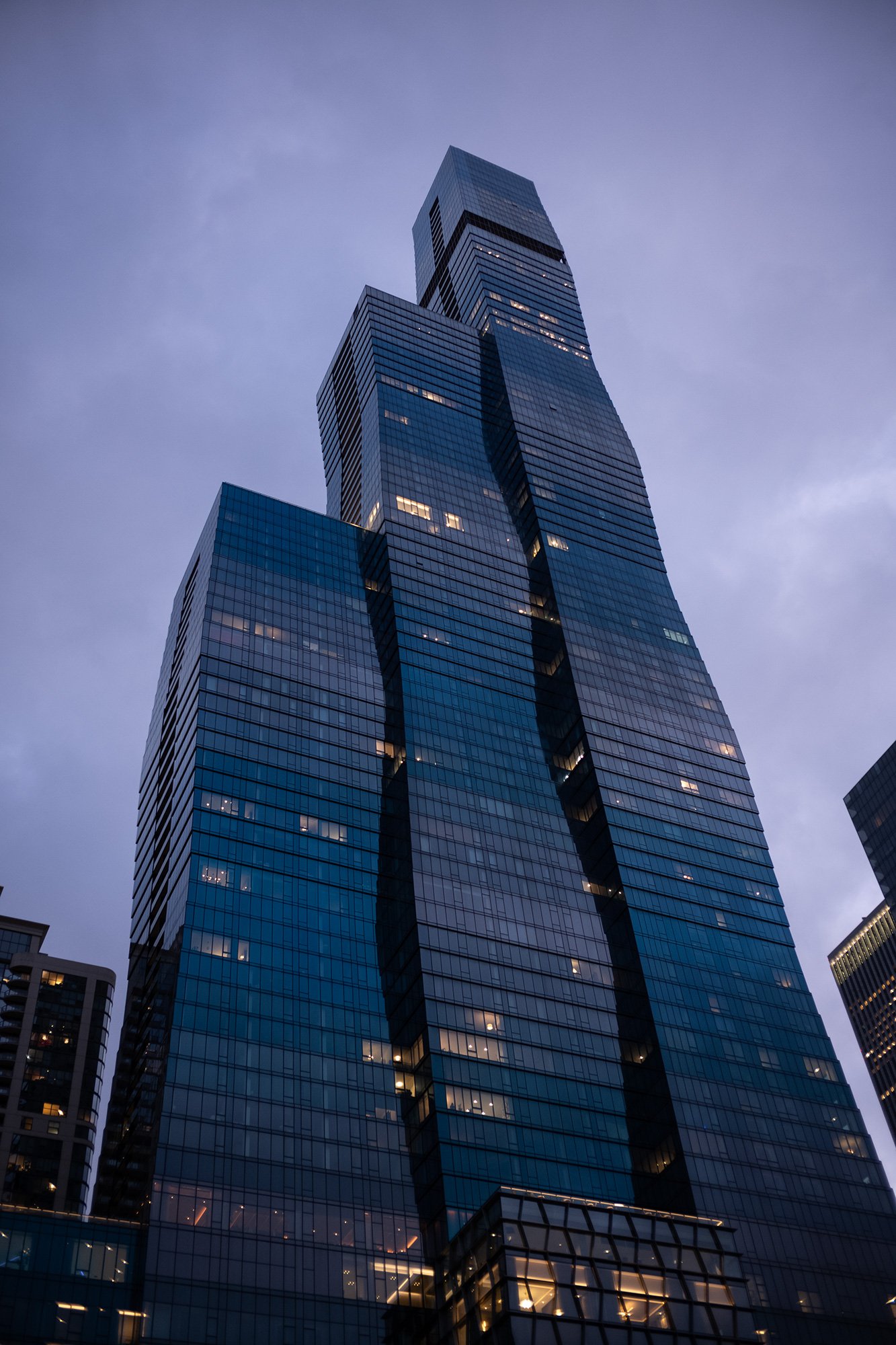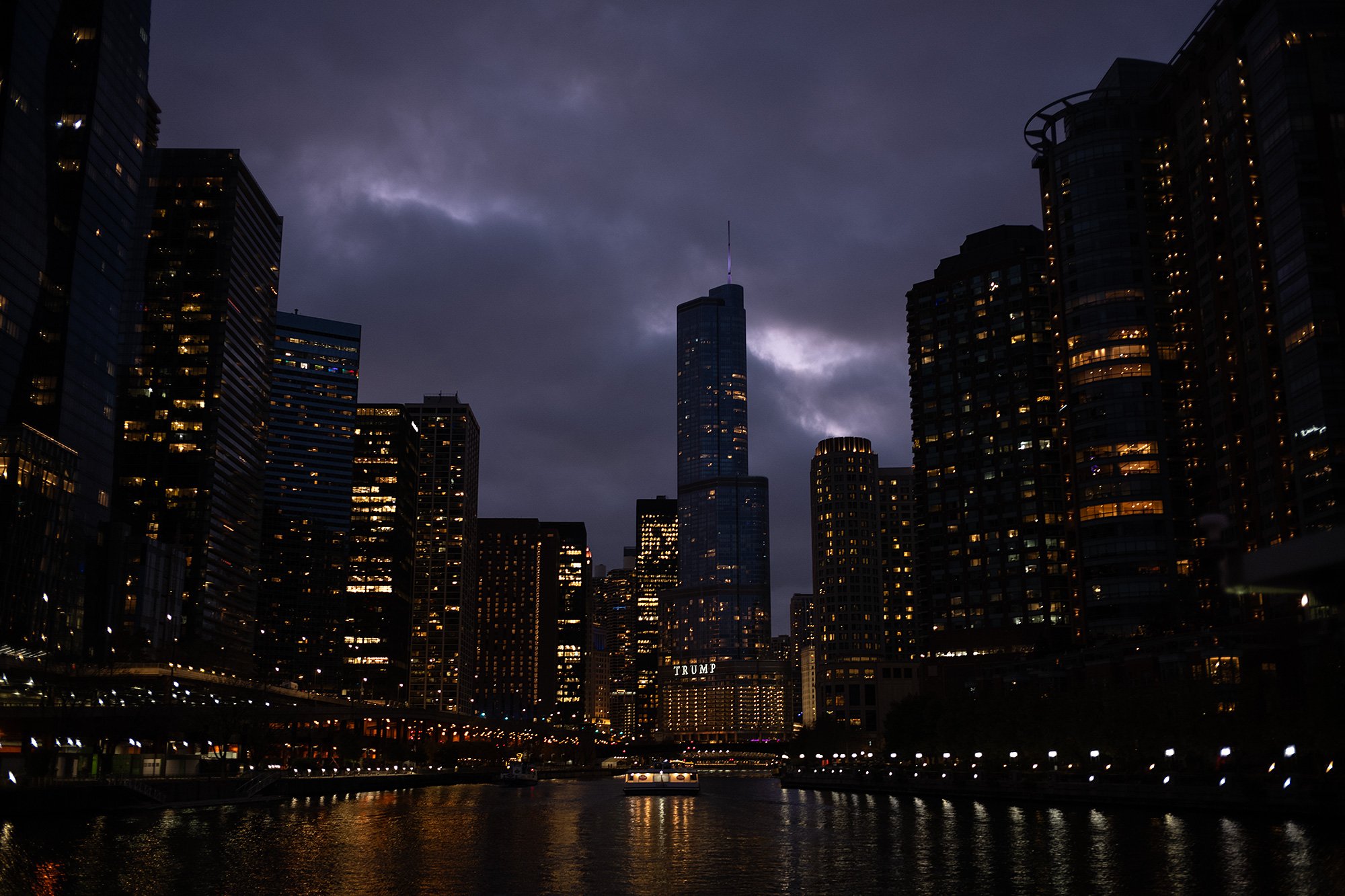An architecture tour of Chicago.
I’d been wanting to do the architecture tour of Chicago for a while. The first time I had visited, I was too young to have an opinion on what we were going to do; the second time it was too cold. The third time was definitely the charm.
Over the summer my niece and nephew invited me to their birthday party in Ann Arbor. It was to be the first weekend in November, coinciding with parents weekend at the University of Michigan and with an American football game between the university and Purdue (attended by my niece’s brother; she attends U of M). I was touched to be invited and immediately accepted.
I had already purchased plane tickets, returning from Buenos Aires in mid-November, but decided to cancel them and purchase new ones. However, given the timing it meant I had an extra week in the United States on my hands. Not wanting to spend the extra time in either New York City or Connecticut, I wasn’t sure what to do. My cousin suggested Chicago.
I had been talking to her about The Bear, a show set in the windy city about a chef who decamps from the kitchen of a fine-dining establishment to take over the family sandwich shop. It’s one of the best shows I’ve seen on television in some time; the fact that it centers on food doesn’t hurt. And so it was settled. I bought a train ticket to Chicago, and set about making dinner reservations. Ultimately, I’d invite another one of my nieces to join me at Alinea, and introduce her to her first fine-dining experience. A friend who had eaten there said I was starting her at the top.
•
During the week, I had to work and it wasn’t until Friday that I had the time to do the tour. I chose a 4pm embarcation, the “sunset cruise,” though there was no sun that day. Thankfully, it was warm.
I was early to the pier and spent some time walking by the river. Two women were touring in a pink motorboat. Next to the Apple store (which boasted floor-to-ceiling windows with a magnificent view of the river) a woman sat under a bench. The fall colors had not yet left the trees, and I was thankful to catch a glimpse before winter arrives.
I took a seat on the port side at the front. The guide stood beside me, though the speakers were in the back, and at times I found it hard to hear him. He spoke quickly, his words were packed with knowledge of the city and of the buildings around us. I was surprised how much information he was passing onto us; it was more than I could abosorb.
We began heading west down the Chicago River, passing under the DuSable Bridge as the guide talked to us about the Wrigley Building and the building beside it, which had been designed with stepped back towers that were in conversation with the heights of the buildings around it.
Next, we were treated to sights of Marina City. Designed by Bertrand Goldberg, the towers were designed as a mixed-use commercial and residential complex, with apartments at the top, offices in the middle, and a parking garage at its base. A saddle-shaped building at its base was designed as an auditorium and once housed a cinema. It’s one of the most iconic buildings on the riverfront; it’s one of the first buildings that caught my eye as I made my way to my hotel and I was excited to be able to see it from the waterfront.
We cruised on towards the Merchandise Mart. When it opened in 1930 it was the largest building in the world, housing over 4 million square feet of floor space. Intended to unite the sales of furniture, fabric and other decorative materials under one roof, it was originally built to be the warehouse store for Marshall Field, with space to lease to other wholesalers. Unfortunately, it wasn’t quite the success that investors had hoped for and the Great Depression forced Field out of the wholesale market.
These days it’s also become a canvas for digital art, with projections starting at 19:30 every evening. More information can be found at Art on the Mart.
Reaching the branch of the river, we took the south branch, past the curved 333 West Wacker clad in blue-green glass to mimic the cover of the river, and 150 North Riverside Plaza. The guide told us that the reason we didn’t see many new buildings close to the river was because the city had decreed that there had to be public access to the river.
The architect of 150 North Riverside Plaza said he had an idea, and designed the footprint of the building to be inset from the outer edge of the building itself, allowing the offices to exist along the river in the space above the foundation of the building itself.
We continued south down a canyon of glass and steel until it felt like we reached the end of the city. Suddenly the modernist towers gave way to what felt like empty fields, and the boat stopped to turn around.
He pointed out a building standing alone by the train tracks: the Taylor Substation, its silent smokestacks reaching towards the approaching night. He said that the fate of the building was unclear. Some were trying to designate it a historic landmark, but if their efforts failed, it might be a pile of rubble by the next time we visited the city.
He also pointed to a set of building on the east bank that looked like a mini version of Marina City. He said that originally that had been planned to be a series of building that were never built. But now, the area is becoming more popular. Just beyond the trees he pointed out a big box store, its lights on, welcoming shoppers.
Heading north he pointed out the Sears Tower, once the tallest building in the world. He called out the fact that it was officially the Willis Tower. Unfortunately, even though they won the naming rights, few people refer to the building as such. He said that the lease on the name is running out soon and there’s speculation on what the new name may be. He hopes it doesn’t go the way of so many sports stadiums.
He also pointed out a vertical map of the Chicago River that had been etched into the side of 300 South Wacker Drive. A red marker showed us where we were.
As we continued our voyage back up the river we traced our route. The sun had set and the buildings had lit themselves. We were rewarded with stunning views of the Sears Tower and 150 North Riverside Plaza and the Merchandise Mart.
We continued on, past the Tribune tower and where we had embarked, on our way towards Lake Michigan. But we were not to make it all the way. Along the way our guide pointed out the Vista Tower and Aqua Tower, both designed by Jeanne Gang. The latter was the tallest building designed by a woman at the time of construction.
We stopped before we made it to Lake Michigan and turned the boat. Our guide mentioned that there could be no private allowed on the lake so that it could be “forever open, clear, and free,” but one stood tall: Lake Point Tower. There was a loophole that it and some other buildings managed to sneak through before it was closed.
As the boat turned around it paused to give us a magnificent view of the city before heading back towards the dock. The sky had grown dark and the clouds offered a dramatic backdrop to the dark towers of Chicago. 🇺🇸




